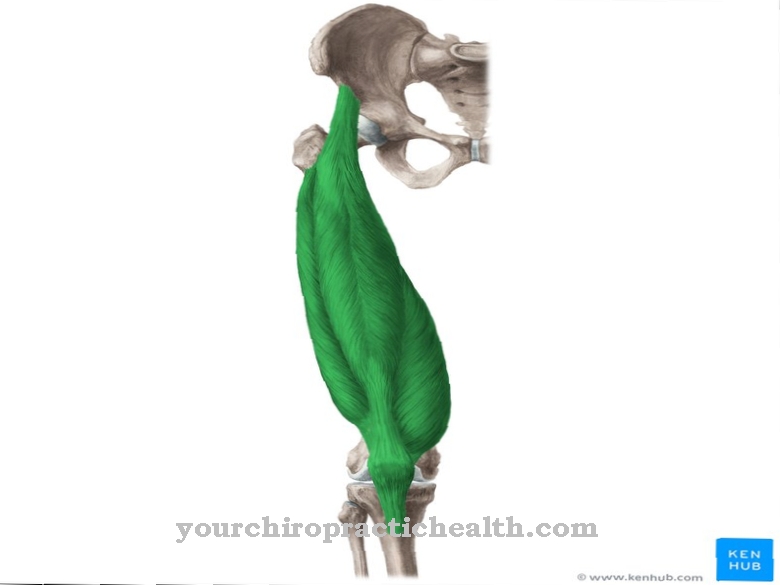The tweezers can be found in almost every household. It can be used in many ways and has a wide variety of shapes. Its essential function is to extend the human index finger in order to grasp the smallest objects with it.
What is a pair of tweezers?

The term tweezers comes from French and is a diminutive of the French word "pince" for pliers. This word meaning is reflected in its structure and function: It resembles a pair of pliers and enables small objects such as splinters to be grasped.
It has served as a tool since the beginning of mankind. Grave finds show that people made metal tweezers as early as the Bronze Age. Made from wood, horn or bone, this tool served people in primeval times as a personal hygiene utensil.
It can be used to remove hair, trim beards and also clean wounds. The variety of possible uses is evident in the fact that tweezers-like tools can be found in almost every area: in medicine, in the household, in technology and in industry.
Shapes, types & types
Depending on the area of application, tweezers differ in their shape and materials. Common manufacturing material is metal. The cosmetics industry uses seamless aluminum and medicine prefers stainless steel because it can be disinfected and does not rust.
However, there are also tweezers made of plastic or ceramic, which are mainly used in the electronics industry. Ceramic and plastic have the advantage that these materials do not conduct electricity. In addition, ceramic is not sensitive to heat. Non-conductive metals such as titanium can also be used as a manufacturing material. The intended use also affects the shape and length. The ends can be pointed, round or square and the course straight, curved or angled.
In medicine there is a division into anatomical and surgical forceps. The forceps used in surgery have teeth at the end that interlock and thus make it easier to hold tissue. The splinter forceps, which are also used in every household, are among the anatomical ones. In addition to these differentiation criteria, there are also tweezers with special designs, with gold decorations or ribbed handles for domestic use.
Structure & functionality
In the classic version, a pair of tweezers consists of two pieces joined together, the legs. These are connected at the end. The bottom end for gripping an object is the tip. The upper end are the gripping surfaces. The pressure on the legs causes them to move towards each other, so that the tip closes.
The easiest way to use the tweezers is to place them like a pencil between your thumb and forefinger and the middle finger to support them. There are different versions depending on where they are used.
The ball holder tweezers are a special shape. It is built crosswise so that it is firm. By squeezing the legs together, the tips loosen. It is mainly used in cosmetics for piercing and in medicine. Their ends are partially hole-shaped to make it easier to grip a ball. It is suitable for use with small objects that have a round shape.
Medical & health benefits
The classic tweezers are a small object with a big effect. It can be used in a variety of ways in the fields of medicine and health. Due to their structure, the anatomical tweezers enable the gentle grasping of blood vessels, tendons and nerves and are an important instrument for operations.
The splinter tweezers belong in every medicine cabinet. It has a wide grip area to ensure a secure and firm hold and has narrow tips. It is used, for example, to remove splinters. It is important to remove these quickly and gently in order to prevent inflammation. It is an important part of the first aid kit on long walks in nature. If no special tick tweezers are at hand, they can also remove ticks. It can also be used to gently loosen thorns or insect stings that have penetrated the skin. Special designs offer an integrated magnifying glass to make handling easier.
The surgical tweezers are used for wound edges. The teeth at the tip make it easier to hold and pull the tissue. In medicine there are other special forms that a patient usually does not notice. The ear or nose tweezers have a curved shape. At the dentist, tweezers help place, hold and remove the cotton rolls.
In the field of hygiene and cosmetics, this care utensil supports hair removal and manicures. Plucking eyebrows or other unwanted hair is painful, but precise thanks to the tweezers. Ingrown hairs can also be removed much more easily with their help.


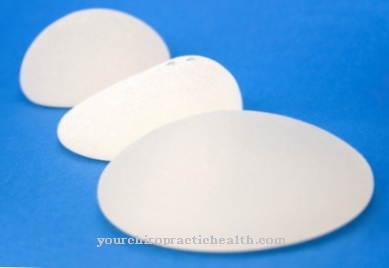
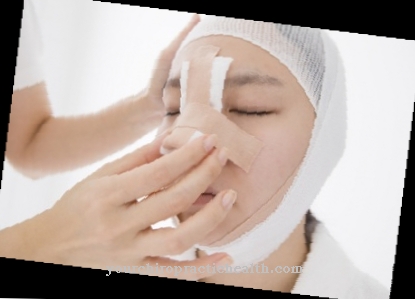

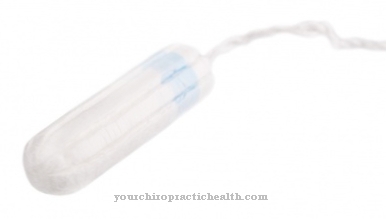



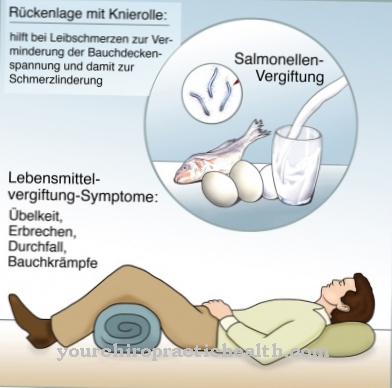






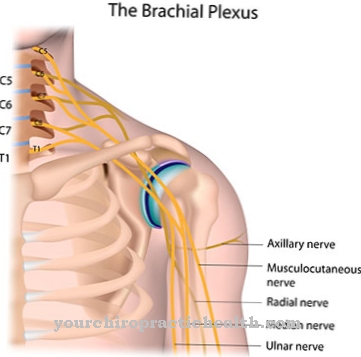
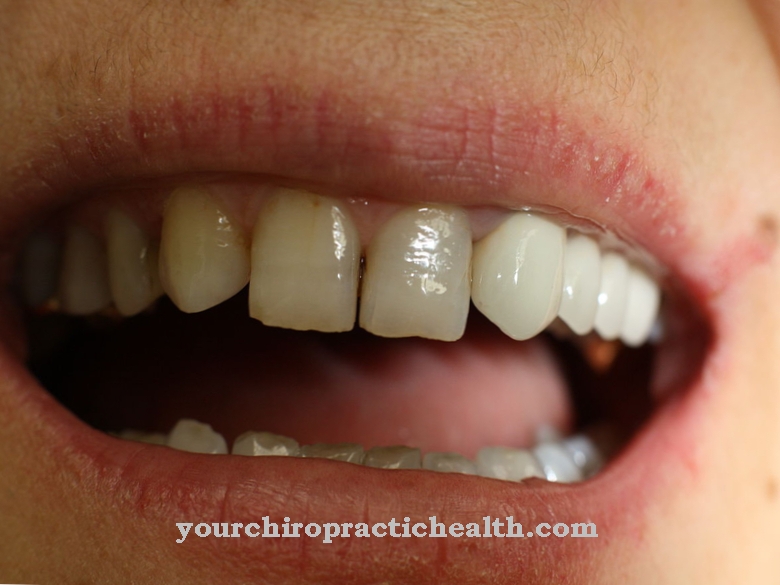

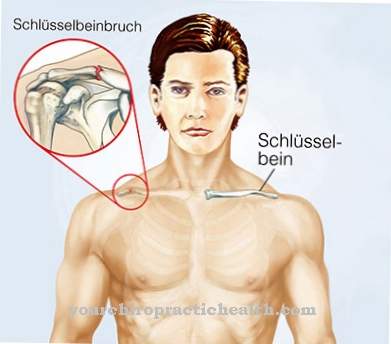

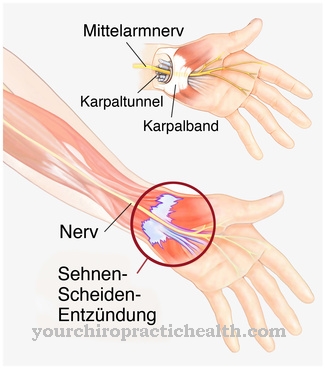

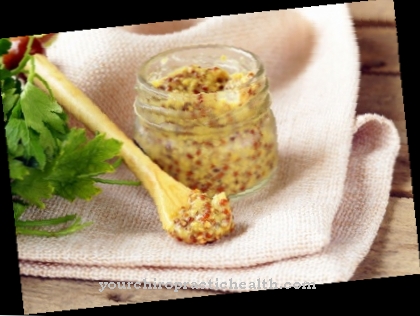

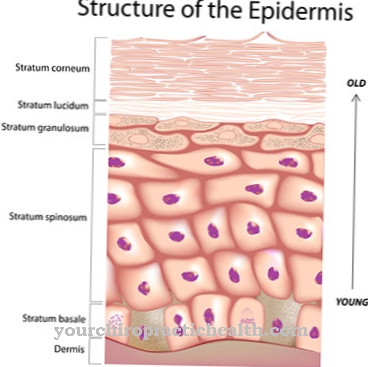
.jpg)
